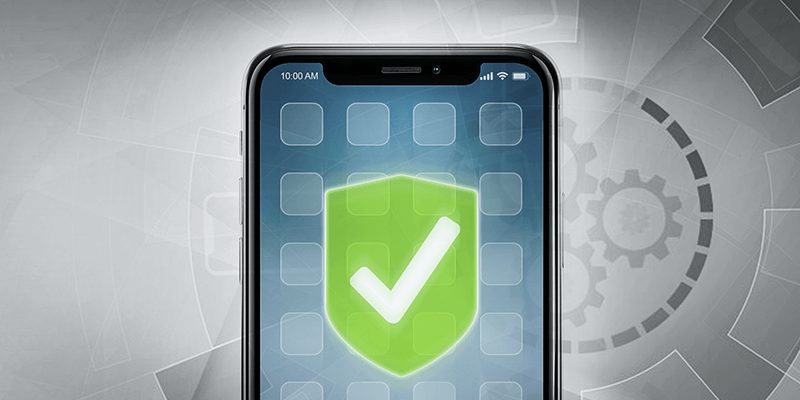
One-third of all malware is now mobile
According to Gartner, mobile malware will account for one-third of all malware by the end of 2019. Threat Post reported that 172 malicious apps on Google Play were downloaded over 335 million times in September 2019 alone. And Zimperium’s 1H 2019 Global Threat Report showed that malicious apps represented 45 percent of all mobile attacks on enterprise Android devices.
“After suffering an app-based security incident, we needed to quickly make sure we could protect our customers from mobile malware, while ensuring their privacy. We reached out to the leading analyst who provided us with information on the best ways to avoid mobile application security challenges and pointed us in the direction of Zimperium.”
– SVP of Application Development, North American Banking Company
On-device, machine learning-based malicious app detection is required
The volume and sophistication of mobile malware attacks requires detection of not only known, but also unknown malicious apps. And since users are easily tricked into allowing apps to elevate privileges and compromise the entire device (e.g., by clicking “yes” to every request the app makes during installation), the speed of on-device protection is required to prevent exploitation that could occur during a cloud based lookup.


Only Zimperium delivers on-device, machine learning-based mobile malware detection
Zimperium provides enterprises with the protection they need by being the only mobile threat defense (MTD) solution that provides on-device, machine learning-based detection of both known and “zero day” malicious mobile apps. In addition to detecting any elevation of privilege attempts, machine speed detection of the malicious apps themselves provides an added level of protection not provided by any other solution.